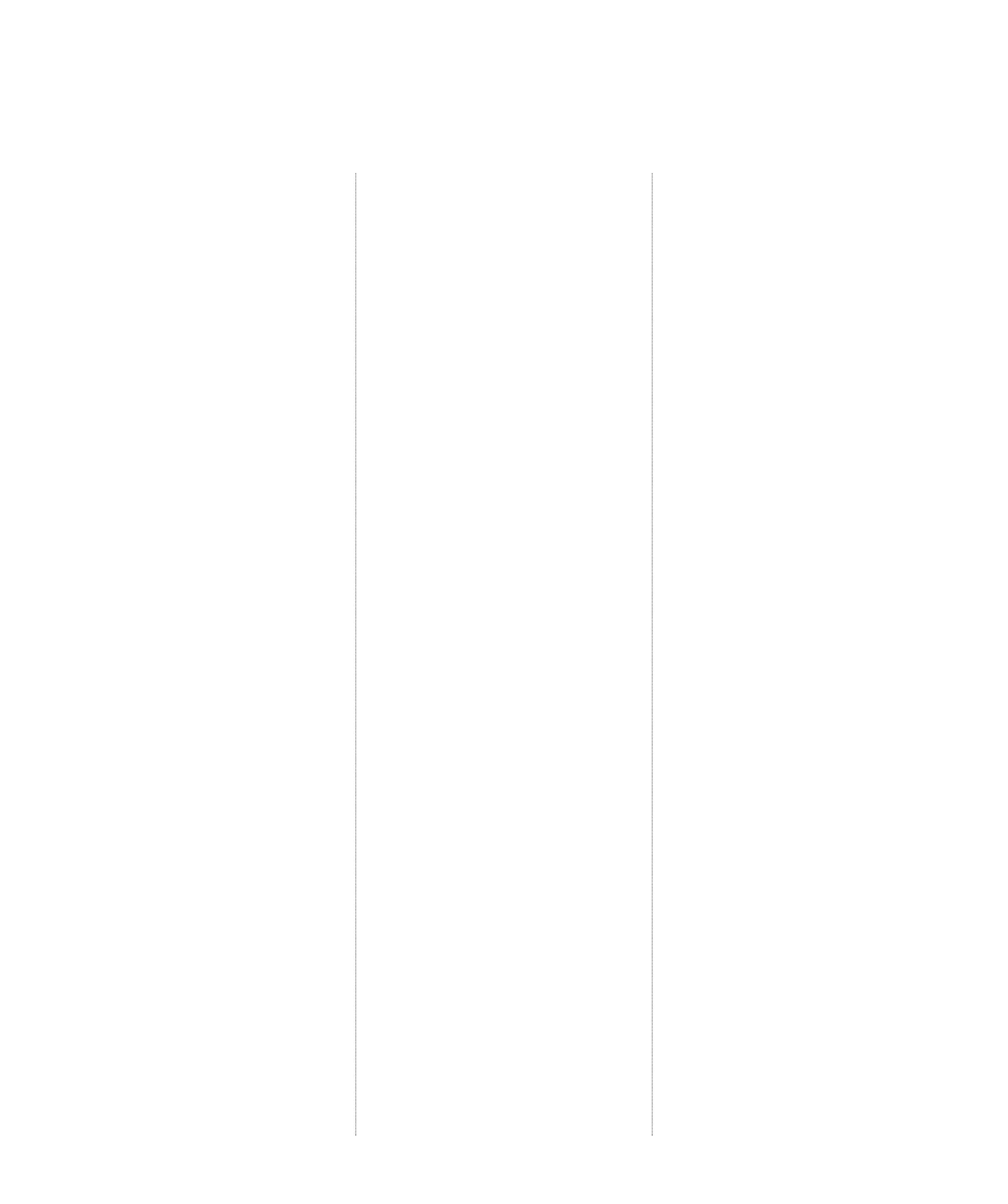
2 minute read
What is Scratch?
Scratch is a visual programming language that does not require users to type code. Instead, they build programs using coloured blocks that represent instructions. Scratch focuses on the creative aspect of coding, and allows users to create interactive games, stories, and other visual applications.
Features
Advertisement
Scratch has a number of features that make it an ideal programming language for beginners. The use of ready-made blocks of code sets it apart from most other programming languages.
Drag and drop Scratch blocks can be dragged and dropped in the Code Area to build programs. There is very little typing, so users are less likely to make errors. Community Scratch allows users to connect with others through a built-in Scratch community. Users can share their programs for others to play with, modify, and remix. They can also learn by studying others’ projects.
Jigsaw design Instruction blocks snap together like jigsaw pieces, so users cannot connect them in wrong ways. Nonsensical combinations are typically impossible, so errors in logic are minimized. Powerful language Scratch is easy to use, but includes core concepts used in professional coding languages. It therefore provides a good all-round introduction to programming.
Learning to program with Scratch
Scratch was created by the Lifelong Kindergarten group at the Massachusetts Institute of Technology (MIT) in the US. It was first launched in 2007.
Scratch was designed to be fun and easy to use for beginners, and to help them understand basic concepts and avoid errors. It is therefore widely
Built-in assets Scratch comes with a pre-installed library of sounds and images (called sprites – see pp.32–33) that makes it easy to start coding right away. Other programming languages lack in this regard as images need to be created or uploaded before writing a program.
Colour coding Instruction blocks for movement, sound, control, and sensing (among others) are colour coded, so they can be easily identified and read when creating a program. used in education. Scratch has a highly visual interface with coloured blocks of code that join together to form scripts, which can include images and sounds to create action on screen. Scratch provides a powerful platform (see pp.30–31) for exploring programming.

Hardware support
The latest version of Scratch works on computers with Windows, macOS, and Linux. It can even be used on tablets. Scratch projects can use extensions to interact with hardware devices.
Raspberry Pi
Scratch can use a Raspberry Pi to connect to other sensors or motors.
micro:bit
Scratch can be used with a BBC micro:bit, which has a built-in LED display, buttons, and tilt sensors.
Lego®
Scratch can connect to Lego® WeDo and Lego® Mindstorms™ to work with motors, sensors, and robots.
Webcam
Scratch can access a webcam to layer images on a live video feed to create simple augmented reality applications.
GETTING SCRATCH
The Scratch developer environment is required for using Scratch. It can be accessed both online and offline.
In your browser
Visit the Scratch website at https://scratch.mit.edu/ and click Join Scratch to create an account.
Offline
Scratch can be downloaded and used without an Internet connection at https://scratch.mit.edu/download.










